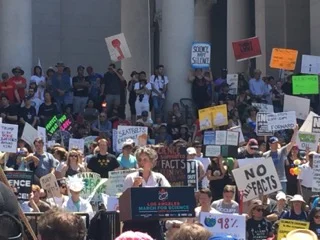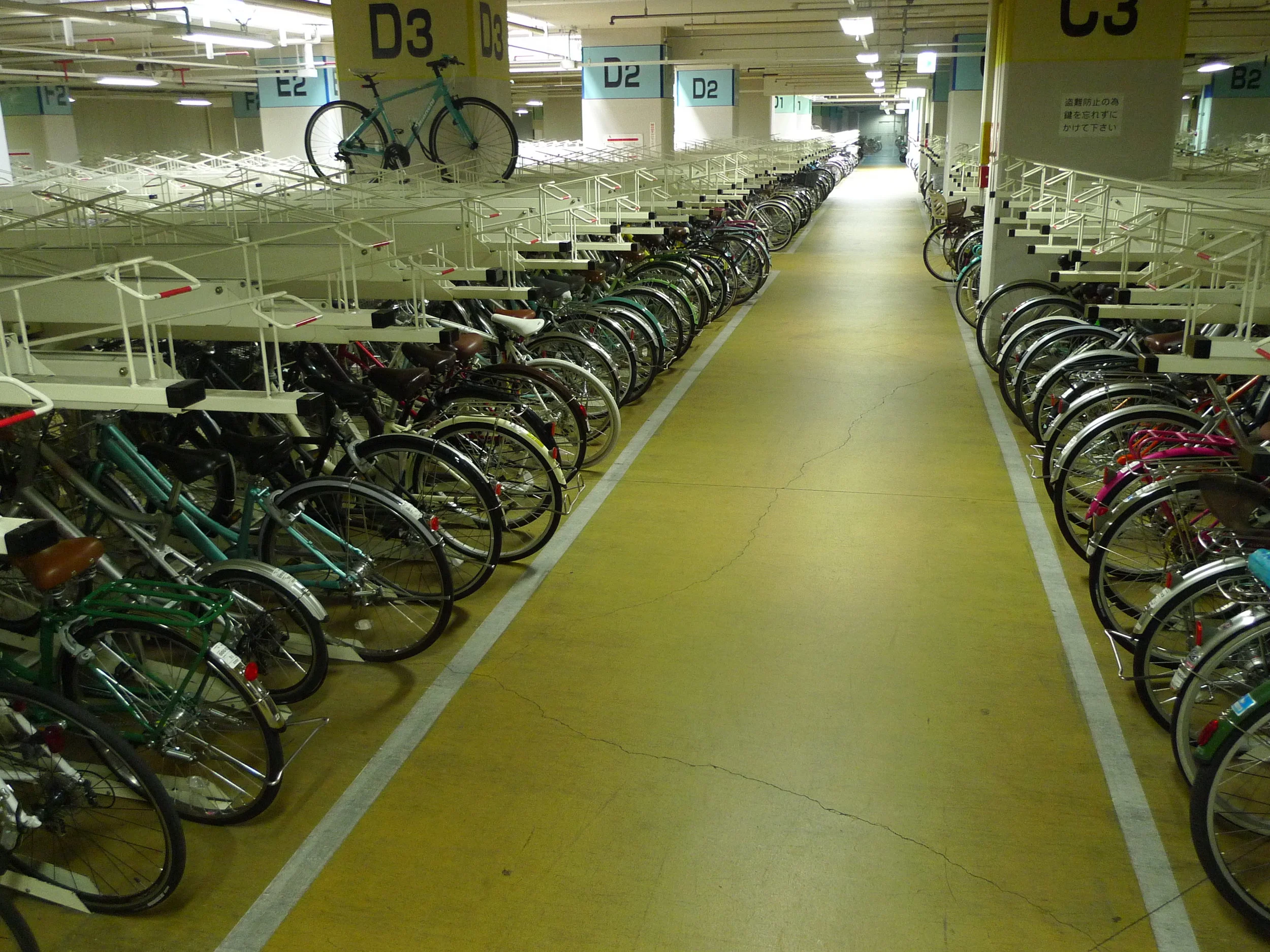Hong Kong Diary
Hong Kong airport.
Across the busy jetway and a spit of water (Hong Kong is set amidst many islands, forming an archipelago) are yet more high rise apartments, nothing special and probably 100 stories high. High rises are Hong Kong. Due to precipitous mountains, they line the shore making a curtain of concrete and windows in front of the mountains. Life in Hong Kong consists of going up and down, up and down, up and down to get anywhere. Steps, stairs, escalators, bridges, causeways, elevators serve different levels of traffic, gracefully and cleverly connecting buildings and roads. Bridgeways crisscross the roads and highways, snaking through office buildings and wonderfully air conditioned malls on the second and third floors. This is a city region of shopping, shopping at all vertical and price levels, from grocery stores on the street and some street vending, to floors and floors of stores, including the amazing 6X8 boutique wedding wear stores. This mall had warrens of dresses, shoes, jewelry, cumberbunds and suits, all more brilliantly shiny and gaudy than the next for 5 floors. Then there are the cheap/inexpensive stores and stalls in narrow street vending for the millions of workers that make the region work. These consist of unremarkable global clothes made by cheap labor perhaps in China, maybe in Vietnam, is sold, racks and racks of it. There is no sense of any craft or artisanally fabricated clothing or apparel in Hong Kong.
Filipina nannies and healthcare workers, Indian tailors and delivery men on motor bikes (Sikhs), the Indonesian Muslim women with their particular head coverings, and so many other Asian immigrants I simply could not identify, and a few Africans, are the low paid customers of these stalls and stores and who do the service work and construction jobs. Then there is the banking class, those engaged in finance consisting of westerners, and probably many Chinese too. Surprisingly, most residents of Hong Kong are Chinese, over 90%.
The heartbeat of the region is work, work, work and work, 6 days a week 12 hours a day. Daily life in HK also seems like work, climbing stairs, sitting in subways, climbing more stairs. In the heat many men work without shirts, though may have a hard hat. They carry, push, sweep, and labor. Women too push and carry. The port brings in millions of containers that get unloaded into trucks and brought into the city, the goods are then loaded onto push carts and delivered from store to store, building to building. Cardboard is collected and pushed on carts, plastic waste, and debris is carted out. The region is so dense, there is no real way to have loading docks. Human bodies move things.
The hotel I stayed in was near Hong Kong University with its buildings perched on the
mountain, one reaching out above the next, connected by stairs and stairs, ramps, escalators and elevators. A real hillside maze for the uninitiated. HKU was started in the late 18th century and has a couple of lovely old buildings, but mostly it is new, and the student body very international.
A lot of the water front area of Hong Kong, and Kowloon across the water, is fill. The old trolley line, still working, was the zone of demarcation, rue des Voeux. The trolley has two levels and is a wonderful way to experience the downtown of Hong Kong. Its slow and you can see all the types of buildings starting from the 1970s as most of Hong Kong is new. It is actually quite astonishing how new the city is. Post war, the place was tiny. In 1945 there were 600,000 (down from 1.6 million in 1941). By 2017 there were 7.5 million in a region – the Pearl River Delta – of 17 million. Densities range up to 6,300 per square km. Most people live with their families in tiny apartments, many sharing beds, toilets, kitchens. New apartments coming on the market are as small as 125 sq feet. Reproductive levels are low, under 2%. Today’s new development, which is needed for housing, will occur either by filling in more of the bay, or on agricultural lands. Quite a Faustian choice in the longer term.
The transformation of people’s livelihoods has been dramatic over a period of about 50 years. From a busy harbor full of boat people who fished and lived on the water, and very productive waters, the harbor is now full of tug boats, dredges, ferries, container ships and big private motor boats, with few fish left. People got moved to apartment buildings to make way for the modern harbor. There was near food self -sufficiency with fishing and agriculture in the hinterlands, rice, vegetables, sugar cane, salt, cows and poultry until the war. Farmers used water buffalo (I saw one, sleek and black with big horns!), and people lived in dispersed villages. Now there is still farming in what is called ‘the new territories’ between HK and China, and a small but historic and dedicated set of farmers who have been at it for decades and know the local plants. There is also organic agriculture. I had a salad of almost all wild harvested flowers and herbs that was delicate and delicious at Fish School, the restaurant of Chris Ma. The organic farmer’s market is in the most elite part of town.
Ma comes from Shanghai, but has worked in Scandinavia, Europe and Australia. He is dedicated to bringing the flavors of this region to the table. The meal was fine, subtle, beautiful and exquisite. So many words to describe a culinary thrill that had restrained elegance at the same time. The sorbet was made of harvested flowers from the region – slightly sour, not sweet, but the taste developed on the tongue with greater and greater ranges of flavor. Ma is passionate about food, the need to understand it, to find the best produce from local farmers (he even gets goat milk for ice cream near the Chinese border), and the need to pay good money for well raised produce, meat and fish. He provided a taste of locally grown pineapple that was so sweet, I think I have never tasted one as good before. He laments that the fishery is exhausted and he must use imported fish. He uses olive oil, herbs and butter, in combination with a fundamentally Chinese palate, combined to create taste delights. I would so love to take him to Hollywood Farmers Market. Better yet to visit the new territories with him! He served wonderful tofu, soft and silky, my favorite. Ma prepared a squid tagliatelle that was simply out of this world, not too crunchy but with texture, flavored Italian style, but very lightly. Brilliant. And the Chinese use what we would call Persian cucumber much like we would use zucchini. Delicious substitute, slightly more crunchy.
I visited Lantau Island and traveled by ferry although the airport is on the island as well as Disney Land. But those are worlds away from the giant buddha and small fishing village with still a few houses on stilts in the shore area. They are covered with metal – aluminum? – siding and linked by narrow elevated walkways. Life seems calm on Lantau island, people circulate by bus and bike. I saw some signs of agriculture, but not much, though it must be there. People sell bananas and other fruit, sweet potatoes, potatoes, basil, green beans (the Chinese also use okra!).
Portside Kowloon seems like one big mall, large and narrow streets, store upon store, from the fanciest to more regular, malls topped by offices, dozens of stories high. Men and women with huge suitcases on the sidewalk stocking up with cosmetics - amazing – where are they going with all that? Several suitcases at a time, crammed full. The Hong Kong history museum though is a terrific respite and takes you from the region’s paleohistory through to the return of the territory to the Chinese, complete with a teary British contingent caught on film. The opium wars were really well explained – basically the British forcing opium on the Chinese because of their trade deficit in silver and the problem of the Chinese not wanting British goods. But addiction to opium was irresistible and as a result horribly pervasive. At one point, the Chinese dumped all of the opium into sea water filled trenches.
The museum has lovely displays of indigenous clothing and the beautiful and functional bamboo woven hats that look like lantern; men and women wore pants. And of course, there was ceremonial clothing that was much more colorful. But what is so breathtaking is the rapid westernization after the war. In 1947 the plastics industry gets developed and takes off. And the west moves into HK big time. Of course the British had been there for about a century, but somehow, local traditional life seemed to go on. Its invisible now.
It is hard to imagine Hong Kong post carbon. There is a new proposed LNG terminal to be built whose drilling of the pilings will deafen the few remaining pink and finless dolfins and it is being contested, probably to no avail. There is also a huge fossil fuel tank farm visible across the bay from HK city. HK gets a lot of energy from a nuclear power plant in China too. So much energy is needed to keep the elevators, air conditioners, subway, buses, escalators and more, working. Buildings don’t catch breezes, and the summer is stifling. The steepness of the city makes walking challenging. And just to keep it in place energy-intensive infrastructure to secure it in the steep hills and new fill is necessary: concrete, steel, rebar, steel and other netting. Its all quite impressive. Runoff, of which there seems to be a lot, needs to be channeled. There are warnings of storm surges barreling down the channelized creeks. A few waterfalls are still free and along the hills where there are no towers, and there the vegetation is thick. Trees with myriad roots reaching down into the soil, between tile pavers, snaking along the concrete reinforced walls. It is tremendously lush and green, dense and wild. Keeping nature under control is work here.
There is evidence of the infiltration of sustainability practices: urban gardening initiatives on roof tops, but these are for the middle and upper classes. They cost money to rent and you need time to work in the garden, most people do not have the time. The density of the city precludes much use of solar, and its steepness makes bicycle riding rare. However, there are many small parks scattered around though out, and ‘resting’ areas with benches and amenities. Homeless people are allowed to sleep in the 24 hr MacDonalds.
HK is an artifact of modernist technology and hydrocarbons. It would not exist otherwise, obviously, but still, remarkably. Tall, dense, simply the product of human will and ingenuity, enabled by the power of fossil fuels. It is beautiful in its own way, a striking success of engineering. Vulnerable to storms, sea level rise, water shortages (water comes from 3 provinces away), it has extreme housing shortages coupled with astronomic land rent, nearly total dependence on imported foods from all over, imported fuels, clothes, goods of all kinds. It is helpless in so many ways. So modern.





